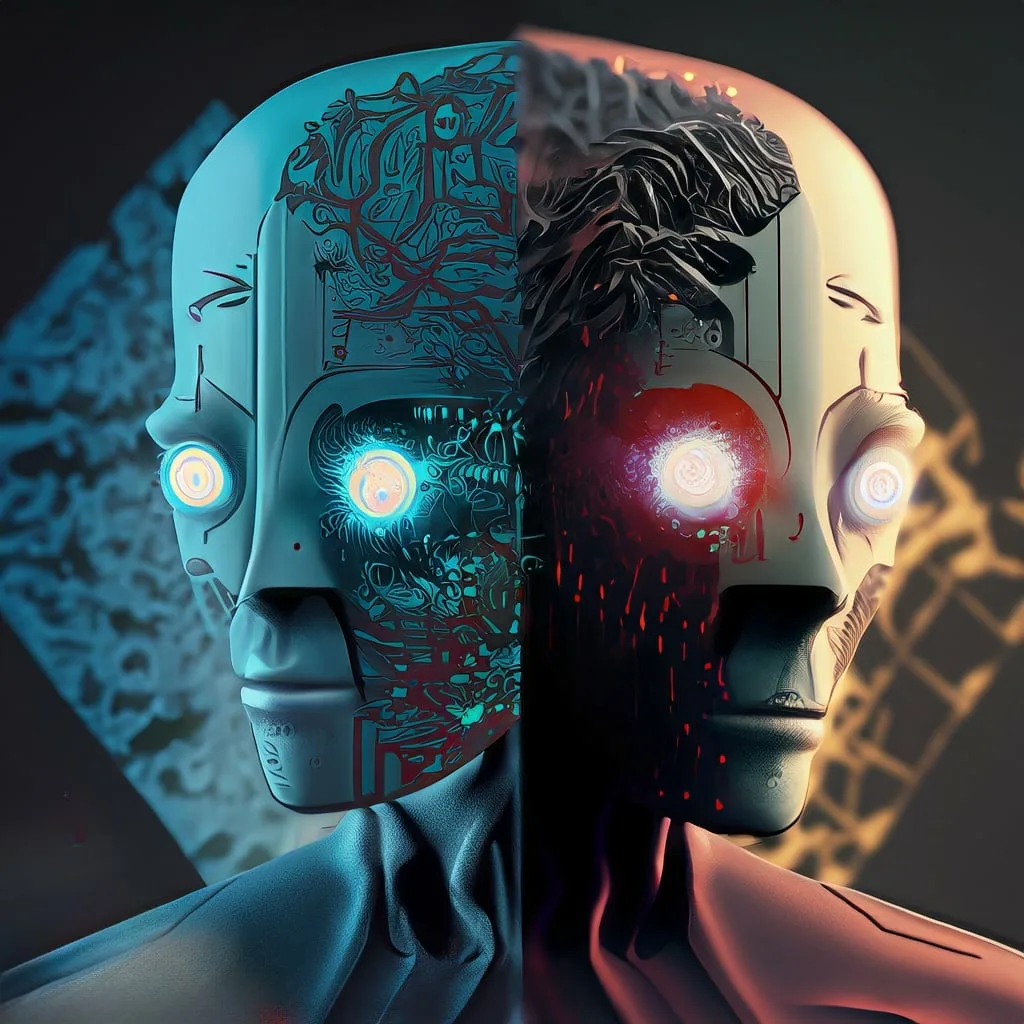
Introduction
Artificial Intelligence (AI) and machine learning have undeniably transformed various aspects of modern life, from healthcare to transportation to communication. While the potential benefits of these rapidly advancing technologies are immense, the potential dangers associated with unregulated AI cannot be overlooked. In this article, we will delve into the risks posed by AI and machine learning and discuss the importance of establishing comprehensive regulations to mitigate these hazards.
The Dark Side of AI
Potential Dangers: AI has the potential to revolutionize industries, enhance human capabilities, and improve our daily lives. However, unregulated AI presents several potential dangers that warrant attention and careful consideration.
- Job Displacement and Economic Inequality: One of the primary concerns surrounding AI and automation is the potential for widespread job displacement. As machines become more capable of performing tasks previously reserved for humans, millions of workers may find their roles obsolete. While AI is expected to create new job opportunities, there’s no guarantee that displaced workers will possess the necessary skills to transition into these new roles. This could exacerbate economic inequality, as those with access to AI-driven resources and education reap the benefits, while others are left behind.
- Bias and Discrimination: AI systems are only as unbiased as the data used to train them. If AI is trained on biased data, it can perpetuate and even amplify existing social inequalities and discriminatory practices. Examples of AI bias have already emerged in areas such as facial recognition, where systems have demonstrated higher error rates for certain ethnic groups, and in predictive policing, where biased data can lead to over-policing of marginalized communities. To prevent AI from reinforcing harmful stereotypes and perpetuating inequality, it’s crucial to address these issues through regulation and oversight.
- Privacy and Surveillance: As AI becomes more integrated into our lives, concerns surrounding privacy and surveillance become increasingly pressing. AI-driven surveillance systems can track and analyze individuals’ behaviors, preferences, and movements with unprecedented accuracy. While these technologies have legitimate applications, such as ensuring public safety, they also pose significant risks to personal privacy and civil liberties if left unchecked. Governments and corporations may be tempted to misuse these powerful tools for mass surveillance, social control, or even political manipulation.
- Weaponization of AI: The potential weaponization of AI is another critical concern. Autonomous weapons systems, driven by AI, could be developed and deployed without meaningful human control, raising ethical and moral questions. Moreover, AI could be used to create deepfakes or disinformation campaigns, undermining trust in public institutions and destabilizing societies. It is essential to establish international agreements and regulations to prevent the malicious use of AI in these contexts.

The Need for Regulation
To address the potential dangers of AI and machine learning, it is crucial to develop and implement comprehensive regulations at national and international levels. These regulations must be designed to ensure that AI is developed and deployed responsibly, ethically, and equitably.
- Ensuring Transparency and Accountability: One of the critical aspects of regulating AI is ensuring transparency and accountability in AI systems. Developers must be required to disclose the algorithms, data sources, and decision-making processes used in AI systems. This will enable independent audits and assessments of potential biases, ensuring that AI technologies are fair, unbiased, and adhere to ethical principles.
- Establishing Ethical Guidelines: Regulations should also include ethical guidelines for AI development and deployment. These guidelines should address issues such as privacy, discrimination, and human rights. By establishing a common ethical framework, developers, governments, and corporations can work together to ensure that AI technologies are used for the benefit of all, rather than the detriment of specific groups or individuals.
- Encouraging International Cooperation: Given the global nature of AI and its potential impact on societies worldwide, international cooperation is crucial in developing and implementing AI regulations. Collaborative efforts between governments, industry leaders, and international organizations can facilitate the creation of consistent global standards, preventing a fragmented regulatory landscape that could hinder AI’s potential benefits.
- Fostering Public Engagement: Public engagement in the regulation of AI is essential to ensure that the concerns and interests of citizens are represented in the policymaking process. By involving the public in discussions surrounding AI’s potential dangers and ethical implications, regulators can develop policies that better reflect societal values and expectations. Additionally, public awareness campaigns can help educate citizens on the responsible use and potential risks of AI technologies.
- Promoting Research and Development: Regulations should also support and encourage research and development in AI and machine learning. By fostering innovation and growth in the field, governments and industry can work together to develop AI technologies that are safe, reliable, and ethically sound. Furthermore, investment in research can help identify and mitigate potential dangers associated with AI, ensuring that its development remains responsible and sustainable.
Conclusion
Artificial Intelligence and machine learning offer tremendous potential for improving our lives and revolutionizing industries. However, it is essential to recognize and address the potential dangers that unregulated AI may pose. By developing comprehensive regulations that ensure transparency, accountability, and ethical development, we can harness AI’s potential for the benefit of all while minimizing its risks.
As AI continues to advance and permeate our lives, we must remain vigilant in addressing the challenges it presents. By fostering international cooperation, promoting public engagement, and investing in research and development, we can create a future where AI serves the best interests of humanity, rather than posing a threat to our collective well-being. It is our responsibility to ensure that AI’s incredible potential is harnessed responsibly and ethically, guiding its development towards a safer, more equitable, and more prosperous future for all.